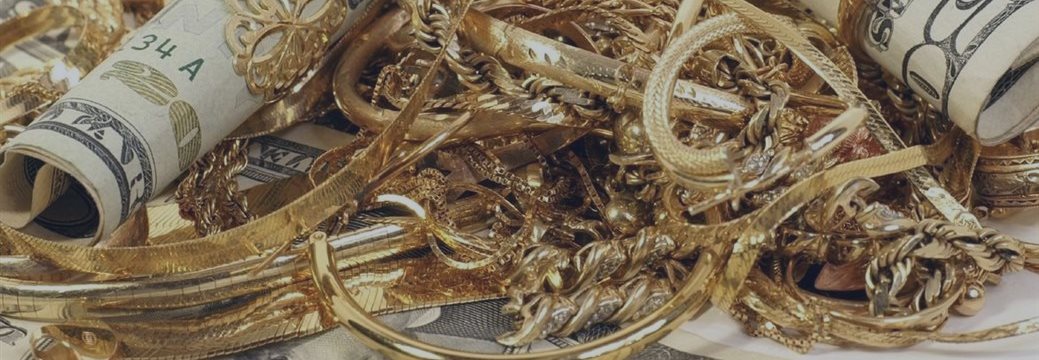
There are signs of physical demand for gold - HSBC, Commerzbank
Two major lenders have recently noticed signs of physical demand for the yellow metal.
HSBC said in a late-Tuesday note:
“The
drop below $1,100/oz has stimulated Indian buying, which has been very
sluggish for weeks.”
“We
also suspect demand is increasing from China and other emerging
markets. The most recent data from China show deflationary trends
persisting, but this should not impact the demand for gold jewelry bars
and coins noticeably, we believe.”
What Commerzbank added on Wednesday was:
“Physical gold demand in China still appears to be robust and indeed to be picking up, given that the premiums on the Shanghai Gold Exchange have risen to $4-5 per troy ounce as compared to world market prices.”
Meanwhile, Citi pointed out in a note that gold may be oversold, now that expectations for a Fed rate increase in December are soaring.
Gold had already sold off going into the Nov. 6 jobs data on ideas
that Fed officials may have become more hawkish, with the metal declining
below Citi’s fourth-quarter forecast of $1,110 an ounce and continuing
on to a low below $1,090. Citi noted that the robust job numbers left someone with the
impression that a soft report for September was a blip rather than
start of a weakening trend.
“That said, while October job
growth was unquestionably strong, in our view, the current sell-off in
gold may be somewhat overdone given continued uncertainty around emerging markets and global growth and a Fed that has proven to be
easily swayed by market volatility; we see potential for a modest
rebound in the yellow metal over the coming weeks,” Citi says.
Gold-price moves on nonfarm-payrolls Fridays are likely to pale in
following trading sessions “due to investors sometimes
‘overshooting’ to the downside on NFP Fridays,” Citi says.
“Based on this, we think the yellow metal may see some upside from here, particularly as investors continue to question the Fed’s reaction function.”


